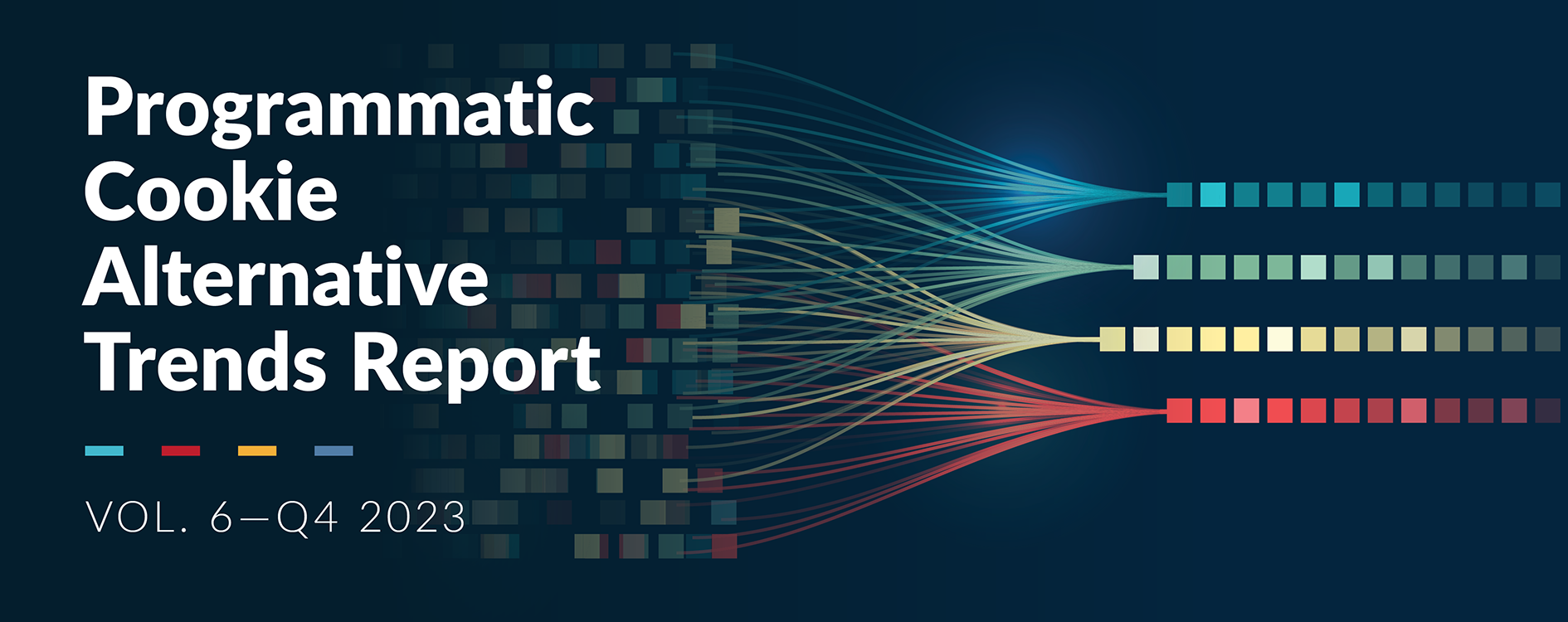Since approximately 80% of brand spend targets half of a publisher’s supply, the unaddressable market is a huge opportunity for publishers looking to monetize every user. In short, publishers should have two different strategies for their cookie vs. unaddressable ad inventory. Lauren Williams, VP of Publisher Development, 33Across, explains more…
Programmatic advertising has evolved from being a simple transaction between a buyer and a seller to a whole universe of intermediaries competing for ad dollars. Additional complexity to the advertiser supply chain has publishers and marketers looking for the most effective path to inventory.
The advertising supply chain, which Procter & Gamble Chief Brand Officer, Marc Pritchard, famously called “murky at best and fraudulent at worse,” can make publishers wary of rebroadcasting their inventory across many paths for the same ad impression. Many times, these resellers can create auction duplication and charge unwarranted fees.
As a needed corrective to the complex marketplace, buyers are employing supply-path optimization (SPO); a process in which buyers remove redundancies in their supply to avoid unnecessary supply chain hops and eliminate inefficiencies. In tandem, many publishers have attempted to cut out the number of programmatic resellers they work with to declutter their setups that may harm monetization.
What Are Programmatic Resellers?
Programmatic resellers are ad tech intermediaries that submit the marketer’s bid to a platform that controls the final ad-serving decision.
Does Simply Removing Reseller Lines Create Full Efficiency?
While removing reseller lines, in theory, creates more efficiency, this only adds value to your cookied inventory. Publishers need to analyze and validate whether each reseller is bringing differentiated demand and value.
What’s the Best Reseller Strategy for Publishers?
Publishers should have two different strategies for their cookie vs. unaddressable inventory. For cookied inventory, most publishers understandably prefer to optimize their relationships between their inventory and the end buyer.
For unaddressable audiences, the marketplace looks completely different from cookied inventory, from how it operates, the demand opportunities, the pricing mechanics, and more. It’s best to not limit who can access and/or buy inventory, given that this nascent marketplace is ripe with opportunity if you can make unaddressable inventory perform like cooked inventory.
Invariably, smart demand partners and publishers understand that certain resellers can bring value to cookieless inventory. But until the cookieless market is at parity with the cookied marketplace, you should introduce as much competition as possible to maximize opportunities.
Why Should Publishers Test Reseller Performance on their Unaddressable Supply?
- It opens up a whole new marketplace. Since approximately 80% of demand spend targets half of a publisher’s supply, the unaddressable market is a huge opportunity for publishers looking to monetize every user.
- It creates more efficiency. Contrary to cookied inventory, win rates for cookieless resellers are significantly higher due to less competition. Publishers can outpace their competition by going all in on a solution that addresses that audience.
- It creates incremental revenue. Publishers who do not have a strong cookieless strategy are more likely to serve house ads to unaddressed visitors. Regardless of whether third-party cookies are further delayed, publishers must work with providers that can make this audience valuable to advertisers today.
- It has a cascading effect on cookied inventory. Working with resellers on cookieless inventory can increase overall competition and drive up your CPMs. A healthy cookieless strategy increases the value of cookied inventory, as well.
All in all, publishers should rethink their approach to resellers when it comes to their unaddressable strategy. Reseller lines that provide addressability drive demand that publishers can’t get from their direct platform relationships and increase competition to their undervalued supply. Don’t turn away partners just because it’s listed as a reseller – you could be missing out on incremental ad revenue.
Who is 33Across?
33Across makes the programmatic advertising ecosystem work without cookies, across supply-side platforms, demand-side platforms, publishers, data companies, agencies, and everything in between. Leading global advertisers, platforms, and publishers rely on 33Across to move past cookies and reach consumers in a simple, fair, and transparent manner.
This article was originally featured on What’s New in Publishing.
By: Lauren Williams | VP of Publisher Development at 33Across








